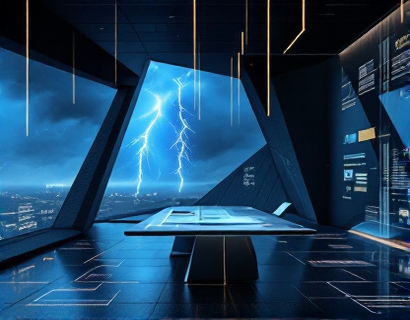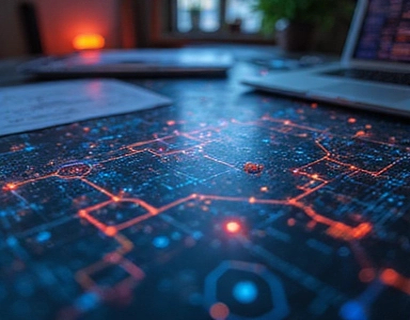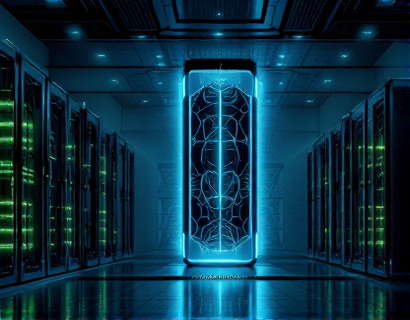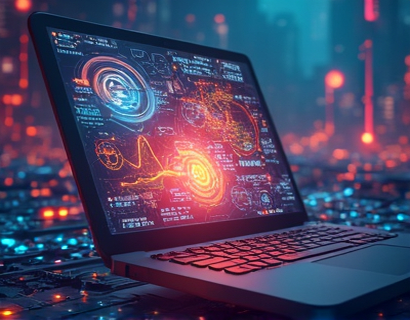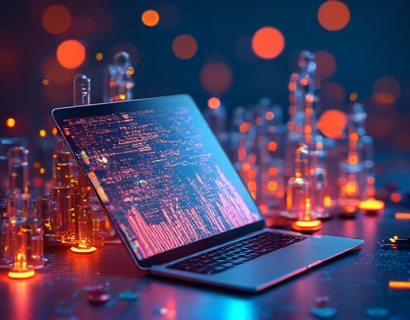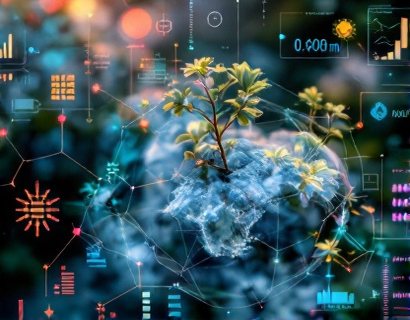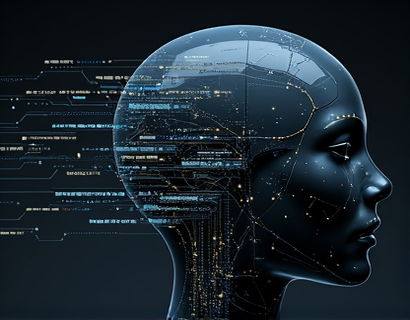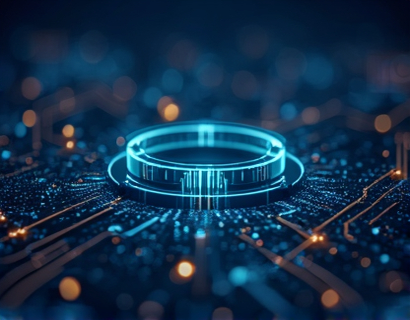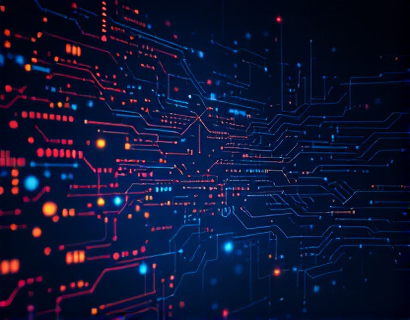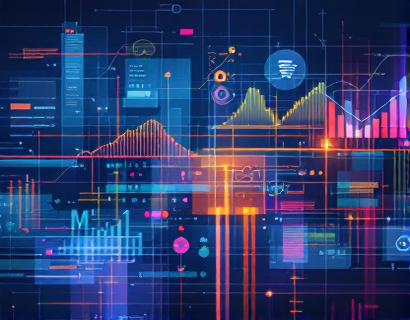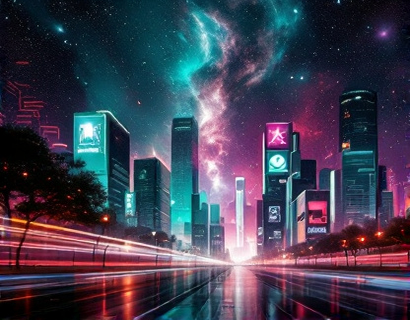Unlocking the Potential of NFTs: Transforming Digital Ownership for Creators and Collectors
The emergence of Non-Fungible Tokens, or NFTs, has revolutionized the way we perceive and interact with digital assets. This technology has opened new avenues for creators and collectors, offering unprecedented opportunities for digital ownership and scarcity. In this article, we delve into the transformative power of NFTs, exploring how they are reshaping the digital landscape and providing a platform for innovation and creativity.
The concept of digital ownership has long been a topic of debate, especially in the realm of digital art and collectibles. Traditional digital files can be easily replicated and distributed, making it challenging to establish ownership and uniqueness. NFTs address this issue by leveraging blockchain technology to create unique, verifiable, and tradable digital assets. Each NFT is a one-of-a-kind token that represents ownership of a specific digital item, ensuring its authenticity and scarcity.
Understanding NFTs and Digital Assets
To fully grasp the potential of NFTs, it's essential to understand the basics of blockchain and digital assets. Blockchain is a decentralized ledger that records transactions across multiple computers, ensuring transparency, security, and immutability. When applied to digital assets, blockchain provides a robust framework for creating, verifying, and trading unique digital items.
Digital assets, in the context of NFTs, can range from digital art and music to virtual real estate and in-game items. These assets are stored on a blockchain, typically Ethereum, which uses smart contracts to define the rules and conditions of each NFT. Smart contracts automate the process of ownership transfer, royalties, and other contractual obligations, reducing the need for intermediaries and enhancing trust among participants.
Empowering Creators
For digital creators, NFTs offer a new way to monetize their work and connect with their audience. Traditional art markets often leave creators with minimal control over how their work is distributed and used. NFTs change this dynamic by allowing artists to sell their digital creations directly to collectors, retaining ownership and earning royalties on secondary sales. This model, known as "artist-friendly" or "creator-centric," ensures that artists benefit from the value their work generates over time.
Moreover, NFTs enable creators to experiment with new formats and mediums. Digital art, for instance, can be interactive, dynamic, and even experiential, pushing the boundaries of traditional art forms. Artists can embed metadata within their NFTs, providing context, inspiration, and additional layers of meaning to their work. This enriched experience not only enhances the value of the digital asset but also deepens the connection between the creator and the collector.
Enhancing Collector Experiences
Collectors, on the other hand, gain access to a new frontier of unique and valuable digital items. NFTs provide a way to own and showcase rare digital collectibles, from exclusive artwork to limited edition virtual items. The scarcity inherent in NFTs ensures that each collectible is unique, making it a coveted addition to any digital collection. Collectors can also engage in a vibrant market, buying, selling, and trading NFTs, much like traditional collectibles.
The community aspect of NFT platforms further enhances the collector experience. These platforms often feature forums, galleries, and events where collectors can connect, share insights, and collaborate. This community-driven approach fosters a sense of belonging and shared passion, enriching the overall experience of collecting digital assets.
Building a Dynamic Ecosystem
The true power of NFTs lies in the ecosystem they create. A thriving ecosystem for NFTs involves not just the platform itself but also the broader community of creators, collectors, and supporters. This ecosystem is characterized by innovation, collaboration, and a shared vision for the future of digital ownership.
One key aspect of a dynamic NFT ecosystem is the variety of use cases. Beyond art and collectibles, NFTs can represent virtual real estate in online games, unique in-game items, and even digital identities. This versatility opens up new markets and opportunities, attracting a diverse range of participants and use cases. For instance, virtual real estate NFTs can transform online gaming environments, allowing players to own and trade properties, creating new economic models within games.
Innovative Use Cases
Virtual concerts and events are another exciting application of NFTs. Artists can issue limited edition NFT tickets or exclusive digital memorabilia, providing fans with unique experiences and collectibles. These NFTs can unlock special content, behind-the-scenes access, or even virtual meet-and-greets, enhancing the fan experience and creating new revenue streams for creators.
In the realm of gaming, NFTs can represent unique in-game items or characters, which players can own, trade, and even monetize. This model encourages player engagement and retention, as owners have a vested interest in the value and utility of their digital assets. Moreover, NFTs can facilitate cross-game interactions, allowing players to bring their unique items across different gaming platforms.
Challenges and Considerations
While the potential of NFTs is vast, there are several challenges and considerations that need to be addressed to ensure a sustainable and inclusive ecosystem. One major concern is the environmental impact of blockchain technology, particularly proof-of-work blockchains like Ethereum. The high energy consumption associated with mining can be a significant drawback. However, the industry is rapidly moving towards more sustainable solutions, such as proof-of-stake mechanisms and eco-friendly blockchains.
Another challenge is the regulatory landscape. As NFTs gain mainstream attention, governments and regulatory bodies are beginning to take notice. Clear guidelines and regulations are necessary to protect consumers, ensure fair practices, and promote innovation. Creators and collectors should stay informed about these developments to navigate the legal aspects of NFT transactions.
Education and Accessibility
Education plays a crucial role in the adoption and success of NFTs. Many potential participants are still unfamiliar with blockchain technology and digital assets. Providing accessible resources, tutorials, and community support can help demystify NFTs and make them more approachable. This includes explaining the technical aspects, such as wallet setup, transaction processes, and marketplaces, in a user-friendly manner.
Accessibility is also key to broadening the audience for NFTs. User-friendly platforms and interfaces can lower the barrier to entry, making it easier for newcomers to participate. This includes intuitive onboarding processes, clear documentation, and responsive customer support. By making NFTs more accessible, the ecosystem can grow and thrive, attracting a diverse range of creators and collectors.
Future Prospects
The future of NFTs is bright, with numerous possibilities for growth and innovation. As technology advances, we can expect improvements in scalability, interoperability, and user experience. Cross-chain solutions will enable NFTs to seamlessly move between different blockchains, expanding the potential use cases and market reach. Interoperability will also foster collaboration between different platforms and communities, creating a more unified and vibrant ecosystem.
Furthermore, the integration of NFTs with other emerging technologies, such as augmented reality (AR) and virtual reality (VR), will open new frontiers for digital ownership. Imagine owning a unique digital artwork that comes to life in a VR environment, or interacting with virtual real estate that you can visit and explore. These immersive experiences will redefine the concept of digital ownership and create new opportunities for creators and collectors alike.
Conclusion
In conclusion, NFTs are transforming the way we think about digital ownership, offering creators and collectors unprecedented opportunities for engagement, monetization, and innovation. By leveraging blockchain technology, NFTs ensure the uniqueness and authenticity of digital assets, fostering a dynamic and inclusive ecosystem. As the technology continues to evolve, the potential for new use cases and applications is vast, promising a future where digital ownership is as valuable and meaningful as its physical counterpart.




